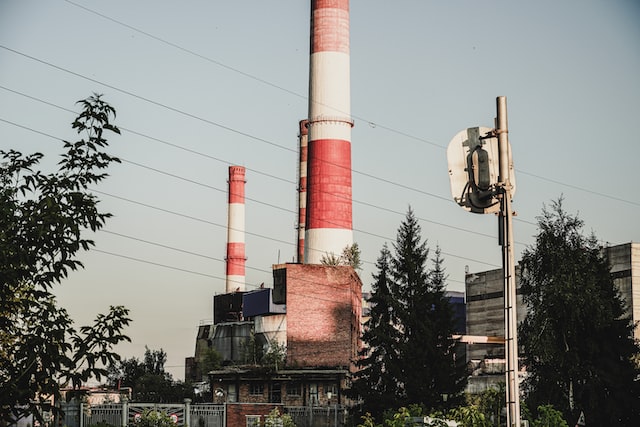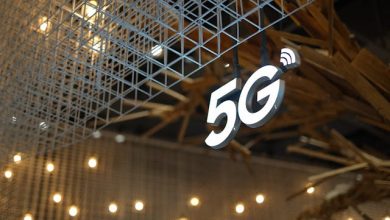Everything You Need to Know About Electric Distribution Systems

The electric distribution systems we use today are quite complex. They are made up of many different parts that all work together to provide us with the electricity we need to power our homes and businesses. In this blog post, we’ll take a closer look at the essentials of electric distribution and protection systems that every engineer should know, including how they work and what components are essential to their operation.
Transferring AC/DC Electricity
The first thing to know about electric distribution systems is that they transfer either alternating current (AC) or direct current (DC) electricity. AC electricity is the kind of electricity that comes from your power outlet at home, while DC electricity is the kind of electricity that’s used in batteries.
These two types of electricity are transferred differently, each with its advantages and disadvantages. AC electricity is transferred using transformers, while DC electricity is transferred using rectifiers.
Transformers are used to transfer AC electricity because they can change the voltage of the electricity without changing the frequency. This means that AC electricity can be transported over long distances without losing any power.
Rectifiers are used to transfer DC electricity because they can change the voltage of the electricity without changing the direction. This means that DC electricity can be transported short distances without losing power.
Requirements for a Good Distribution System
There are three main requirements for electric distribution systems:
- They need to be able to transfer electricity from the power plant to the customer consistently
- They have to handle the different loads that customers place on the system
- They must be able to protect the system and its components from damage
These requirements are met by various components, including conductors, insulators, transformers, and circuit breakers.
- Conductors are the materials that electricity flows through, such as wires and cables. They are typically made of metals like copper or aluminum.
- Insulators are materials that prevent electricity from flowing through them, such as rubber or plastic. They are used to protect conductors from each other and from damage.
- Transformers are used to change the electricity voltage so that it can be transported over long distances without losing any power.
- Circuit breakers are used to protect the system from damage by disconnecting the flow of electricity when there is an overload.
Reaching Proper Voltage Levels
The voltage of the electricity that is delivered to customers needs to be within a certain range, or it can damage equipment. For this reason, electric distribution systems use voltage regulators to keep the voltage consistent. Voltage regulators are devices that automatically adjust the flow of electricity so that the voltage remains within a safe range. They are typically used in conjunction with transformers to keep the voltage at a safe level (between 218 and 242 volts).
Maintaining System Stability
The electric distribution system must be able to handle the different loads that customers place on it. This is done by using devices called load-shedding devices. Load-shedding devices are used to automatically disconnect parts of the system that are not being used. This prevents the system from being overloaded and keeps it stable.
Components of an Electric Distribution System
Now that we know how AC and DC electricity is transferred, let’s take a look at some of the most important components of an electric distribution system.
- Power Plants: The first component of any electric distribution system is its source–the power plant. The most common type of power plant is the natural gas electric plant, but there are also nuclear, hydroelectric, and natural coal-fired power plants.
- Transmission System: The second component is the transmission system. The transmission system consists of high-voltage power lines that transport the electricity from the power plant to the electric distribution system.
- Substation: The substation is where the electricity is transformed from high voltage to low voltage. This is done using transformers.
- Distribution System: The distribution system is the final component of the electric distribution system. It consists of lower voltage power lines and aerial cables that distribute the electricity to homes and businesses.
Once the electricity reaches the distribution system, it is ready to be used, but how does it get from the power lines to our homes and businesses? This is where the last component of the electric distribution system comes in–the service drop. The service drop is a cable that runs from the power line to your home or business. It provides electricity with a path to enter your home or business.
Types of Electrical Equipment
Once the electricity reaches your home or business, it is ready to be used, but what kind of electrical equipment do you need to use it? There are two types of electrical equipment–indoor and outdoor.
Indoor electrical equipment includes outlets, switches, circuit breakers, and fuse boxes. Outdoor electrical equipment includes meters, weatherheads, and service entrances. Let’s take a closer look at what each of these pieces of electrical equipment does.
- Outlets: Outlets are the places where you plug in your appliances. They provide a path for the electricity to enter your home or business.
- Switches: Switches are used to turn the electricity on and off. They provide a way to control the flow of electricity in your home or business.
- Circuit Breakers: Circuit breakers are used to protect your home or business from electrical fires. They automatically turn the electricity off if too much current flows through the system.
- Fuse Boxes: Fuse boxes are used to protect your home or business from electrical shocks. They contain fuses that burn out if too much current flows through the system.
- Control Panels: Control panels are used to control the flow of electricity in your home or business. They contain circuit breakers and fuse boxes.
- Meters: Meters are used to measure the amount of electricity that is being used in your home or business. They help you keep track of your energy use so that you can make sure you are not using more than you need.
- Weatherheads: Weatherheads are used to protect your home or business from lightning strikes. They are installed outside your home or business and provide a path for the electricity to safely enter your home or business.
- Service Entrances: Service entrances are used to connect your home or business to the electric distribution system. They provide a path for the electricity to enter your home or business and be used by your appliances.
Endnote
Electric distribution systems are an important part of our electrical infrastructure. They provide a safe and reliable way to transport and use electricity. In order to ensure that our homes and businesses have a reliable source of electricity, it is important to understand how electric distribution systems work. If you have any questions about electric distribution systems or need help purchasing the right electrical equipment for your home or business, click here to learn more.




